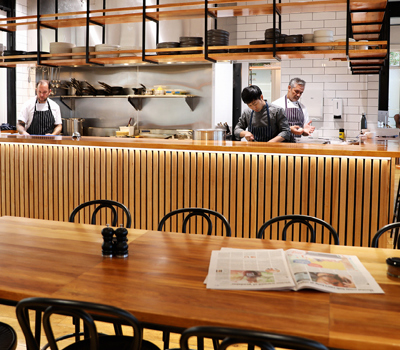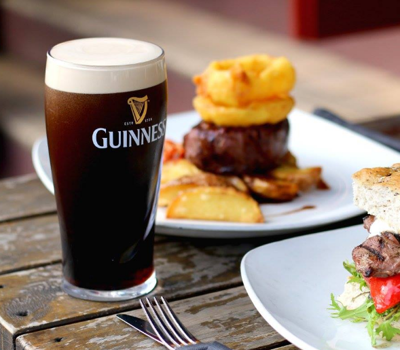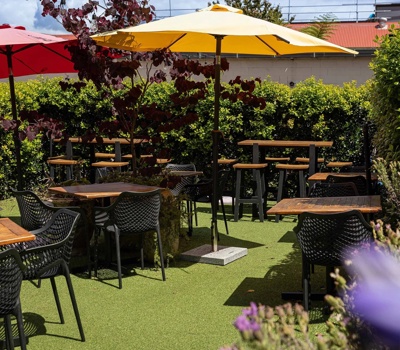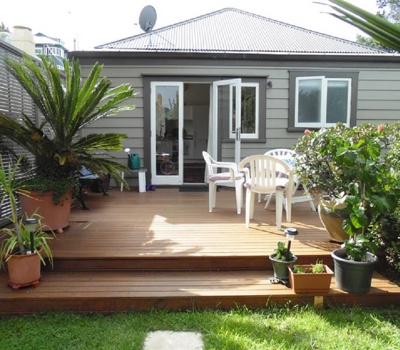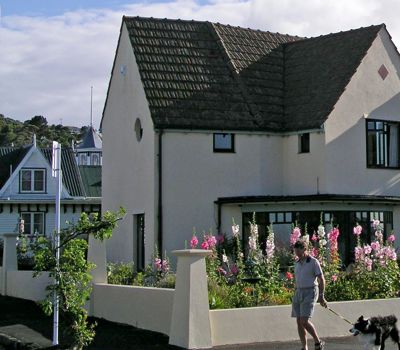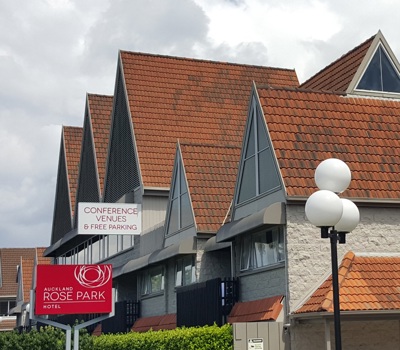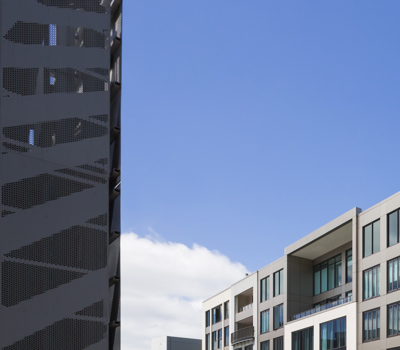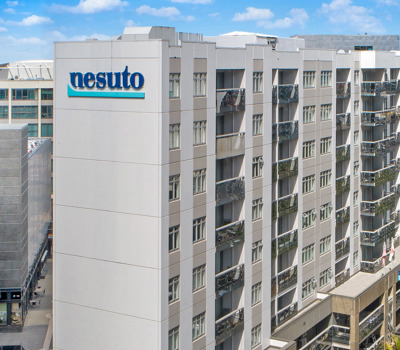-
More info He pārongo atu anō
Visit website
Get ready to experience Takarunga / Mt Victoria, one of the most beloved tūpuna maunga (ancestral mountains) in Tāmaki Makaurau / Auckland! Rising 66 metres, this hill is a treasure trove of history and offers unbeatable panoramic views over the harbour, city skyline, and beyond.
Takarunga, meaning ‘hill standing above,’ was given due to its height above the now-leveled Takararo, which once stood nearby. Today, Takararo is the flat Cambria Reserve, having been entirely reshaped by quarrying. Takarunga was a key site for local Māori, and you can still spot the terracing and kūmara storage pits from the days when it was a thriving pā. And, while you're soaking up the stunning views, don’t miss the colourful mushroom-shaped vents at the summit, which mark the hidden reservoir below.
Once known as Flagstaff Hill, the maunga played a critical role in Auckland’s early signal station and military history. You can still explore the remains of a 19th-century gun fort, a relic from the days when the hill helped defend the city!
Whether you're here for the views or the history, Takarunga’s combination of natural beauty and cultural significance is not to be missed. Come for a stroll, take in the scenery, and enjoy a connection to both the past and present.
Getting there Te huarahi ki reira
Local tip He tīwhiri mō te rohe
Starting in late November 2025 and continuing over the summer months, there is upgrade work that will be carried out on the dilapidated tennis courts and creation of a dedicated visitor bus drop-off area.
Work will take place Monday to Friday and Saturday mornings (if required), between 7.30am – 5pm. Please note this timeline may be affected by weather or supply issues.
Pedestrian access to the tihi (summit) will be available throughout the project but will be predominantly via the off-road track network. There will be no public use of the courts during the construction period. The loop road off Kerr Street will be closed while the new bus parking bay is built. Vehicles and pedestrians will not be able to use the section of road above the lower carpark through to beyond the Devonport Primary School staff carpark. Emergency services will have access at all times.
For more information, see The Tūpuna Maunga Authority Blog
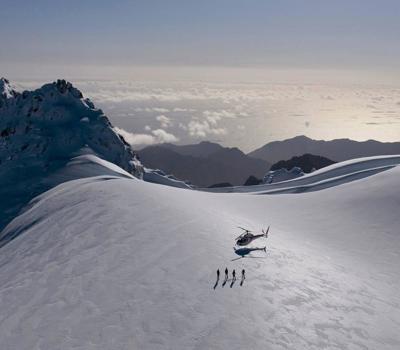
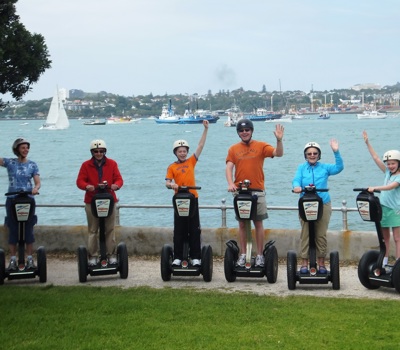

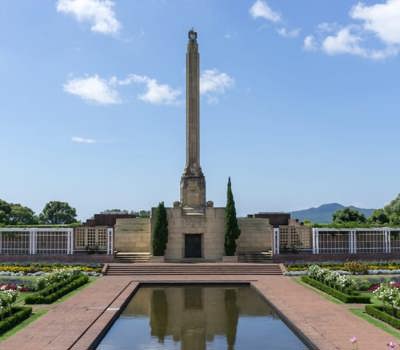
.jpg?ext=.jpg&crop=149,0,1463,1280&width=400&height=350)




